Let’s be real: Blisters can ruin a perfectly good run. You’re out there, enjoying the fresh air, and suddenly, you feel that familiar rubbing sensation. If you’re like me, you’ve probably wondered why this happens or how to stop it before it starts.
Why Blisters Happen
First off, let’s talk about fit. If your shoes are too tight or too loose, you’re pretty much inviting blisters to the party.
It’s like when you wear a new pair of shoes for the first time—ever notice how your skin feels after a few hours? That’s friction.
When your shoe rubs against your skin repeatedly, it creates irritation, which leads to blisters.
Moisture is another big culprit. You know that feeling when your feet start sweating halfway through a run? It’s not just uncomfortable—it’s creating the perfect storm for blisters.
Moisture plus friction equals trouble.
Some of us just have more sensitive skin, or medical conditions like eczema or psoriasis, making us even more prone to blisters. If that sounds like you, then you know how delicate your skin can be.
But let’s face it—friction is the biggest enemy here. Every time your foot slides around inside your shoe, it’s rubbing. And that rubbing turns into pain, which eventually becomes a blister.
So, here’s a rule I follow: if your shoes feel uncomfortable in any way, or you feel those “hot spots“ forming, it’s time to re-evaluate your gear.
Maybe the fit is off, or maybe it’s time to consider those moisture-wicking socks everyone talks about.
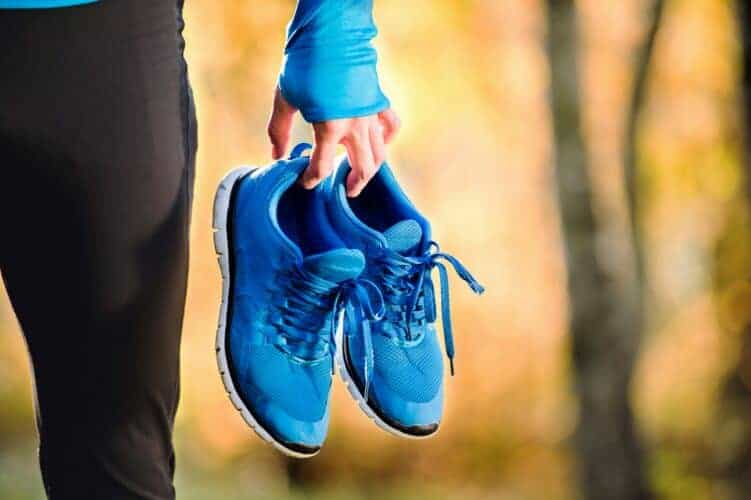
How to Prevent Blisters
Finding the perfect pair of running shoes is a game changer. If you haven’t already, go to a specialty store where they can measure your feet properly. Trust me, it makes a huge difference.
You want a bit of room in the toe box but no slipping in the heel—that’s key.
And socks? They matter. I used to think any old pair would do, but moisture-wicking socks (especially synthetic ones) are a lifesaver. They keep your feet dry and help reduce friction.
Don’t forget about foot care. Keep those toenails trimmed (seriously, it helps), and if your skin tends to dry out, use lotion to keep it soft and prevent cracking.
Building up calluses by slowly increasing your mileage can also help toughen up your skin over time.
Before a long run, I always apply blister pads or moleskin to areas I know are prone to rubbing. They’ve saved my feet more times than I can count.
And if your feet sweat a lot, try using foot powders or even an antiperspirant to keep them dry.
What to Do If You Get a Blister
Okay, so what if a blister sneaks up on you? First, don’t panic. It happens. Clean the area gently with soap and water. Keeping it clean is super important to avoid infection.
If it’s small and not too painful, just cover it with a bandage and let it heal on its own. For bigger ones, you might need to drain it.
Here’s what I do: I sterilize a needle with boiling water or rubbing alcohol, gently pierce the side, and press out the fluid. But don’t remove the skin! It acts as a natural barrier to keep the area protected.
Keep the area clean, apply some antibiotic ointment, and cover it with a soft bandage. Check it daily and change the bandage if it gets wet or dirty.
And of course, if you notice any signs of infection—redness, warmth, or pus—see a doctor right away.
While you heal, give yourself a break. Stick to low-impact activities or shorten your runs. Movement is still good for circulation and healing, but you don’t want to make the blister worse.
Final Thoughts
Once your feet are healed, take a moment to assess what went wrong. Maybe it’s time for new shoes, or maybe your socks weren’t cutting it.
Either way, apply what you’ve learned to stay blister-free moving forward. Because let’s be honest, running is way more fun when you’re not limping back home.
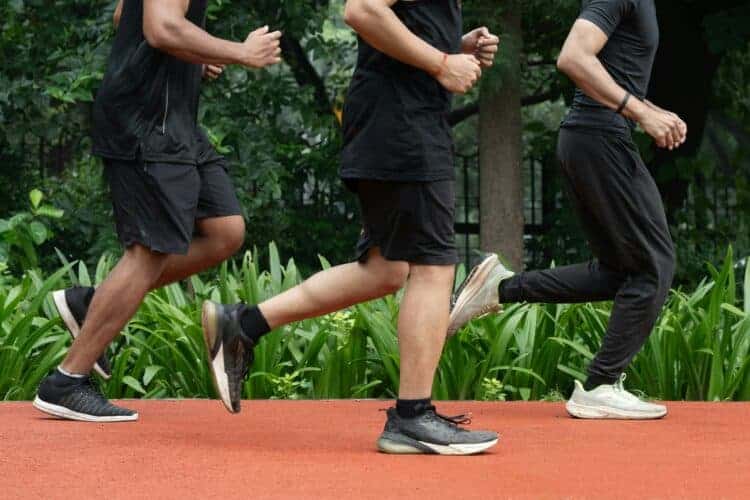
People Also Ask
How do I stop blisters from forming while running?
To prevent blisters while running, make sure your shoes fit properly and wear moisture-wicking socks. Applying blister pads or moleskin to high-friction areas, keeping your feet dry, and using foot powders or antiperspirants can also help reduce friction and moisture, the main causes of blisters.
Why do I get blisters even with good running shoes?
Even with the right shoes, blisters can form due to other factors like moisture, sensitive skin, or improper socks. Ensuring you wear socks that wick away moisture, gradually breaking in your shoes, and using anti-chafing products can help prevent blisters despite having good shoes.
Should I pop a blister from running?
It’s generally best to leave a small blister alone to heal on its own. However, if the blister is large and painful, you can drain it safely by sterilizing a needle, gently puncturing the side, and keeping the area clean and covered with a soft bandage to prevent infection.

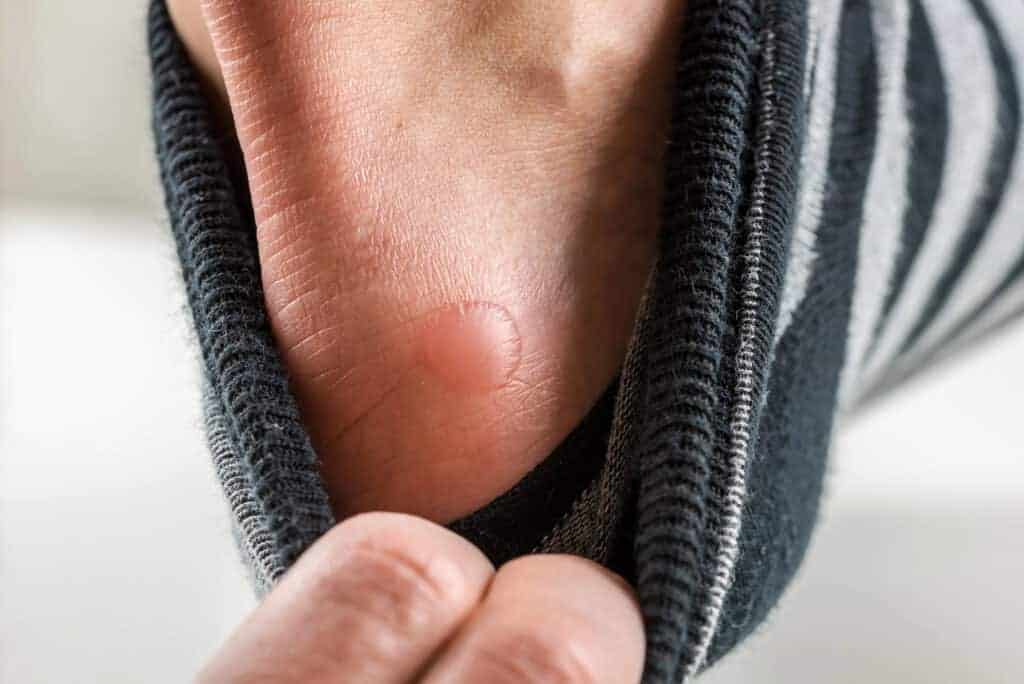
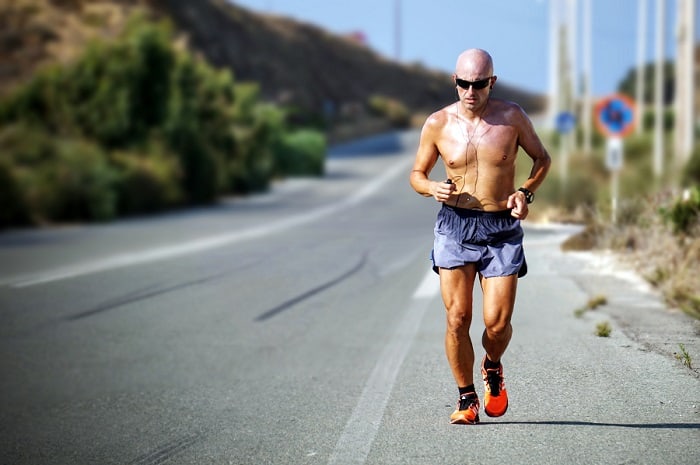
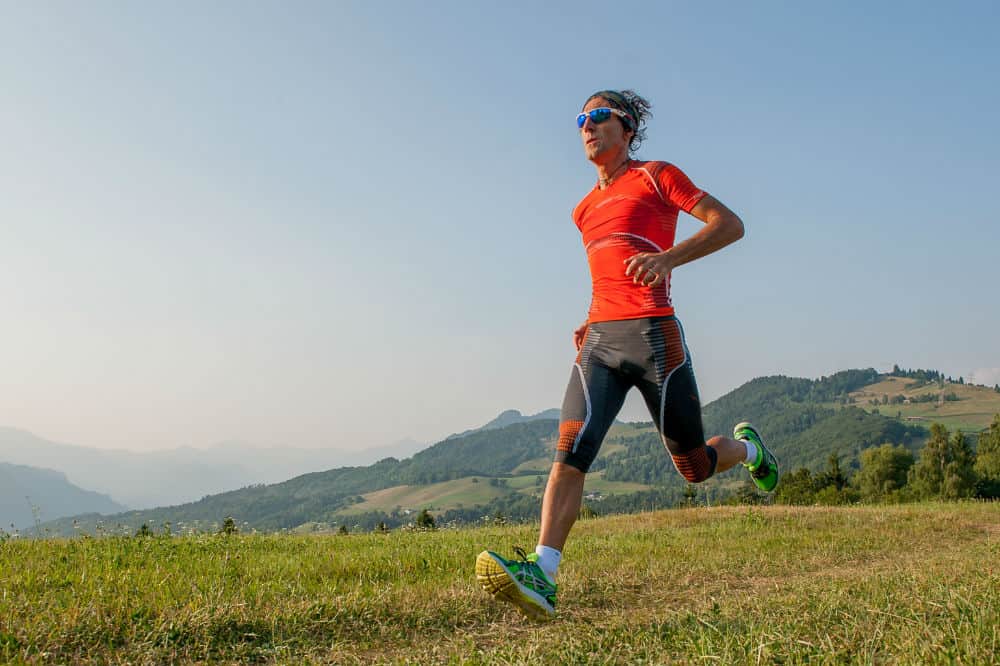
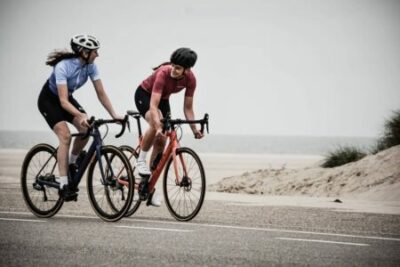
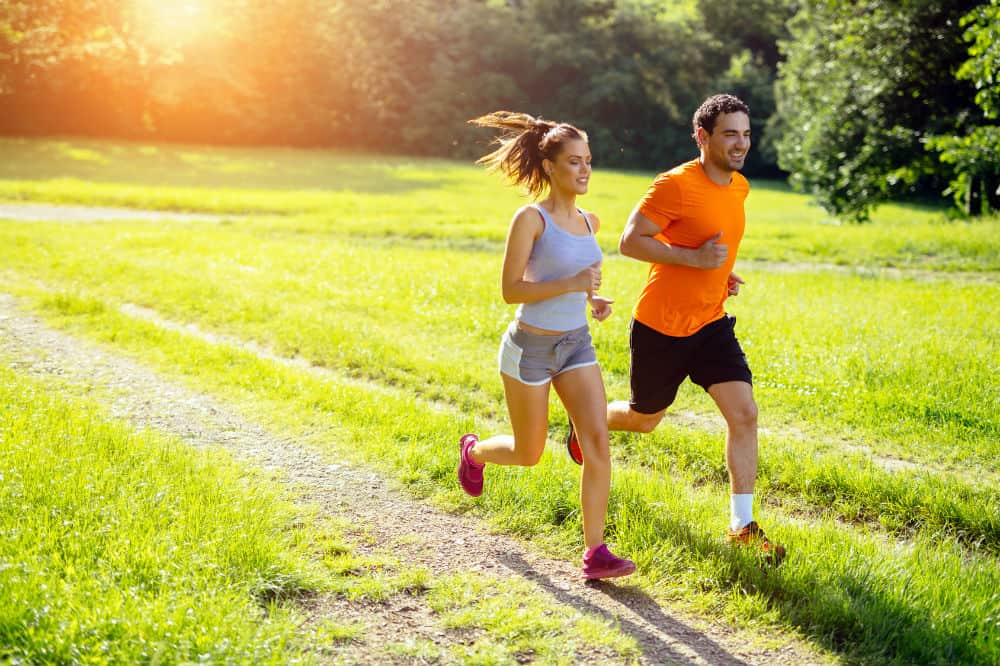
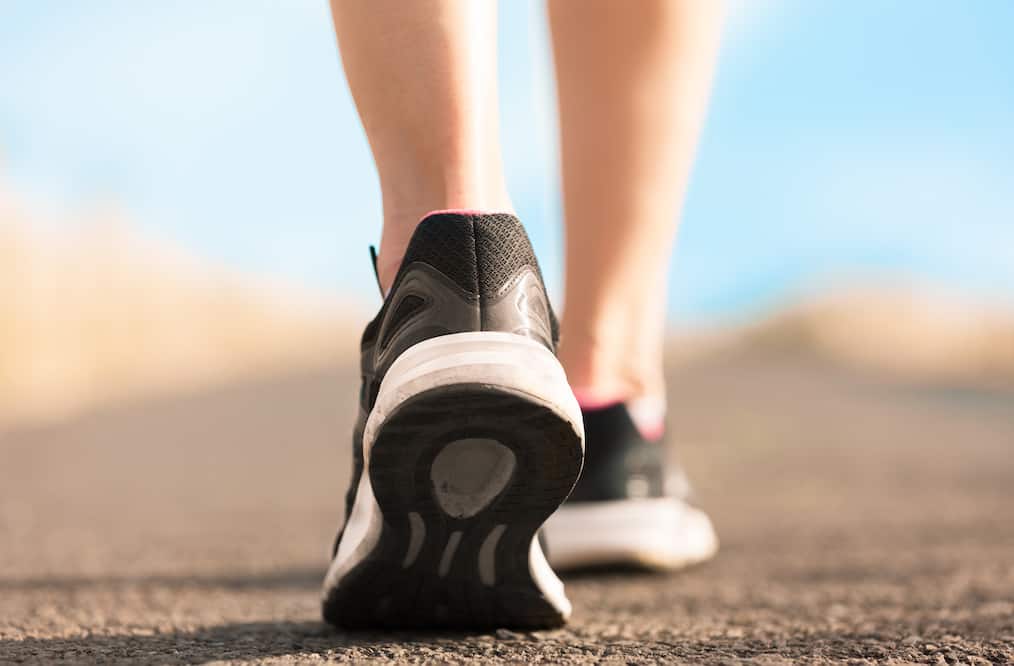
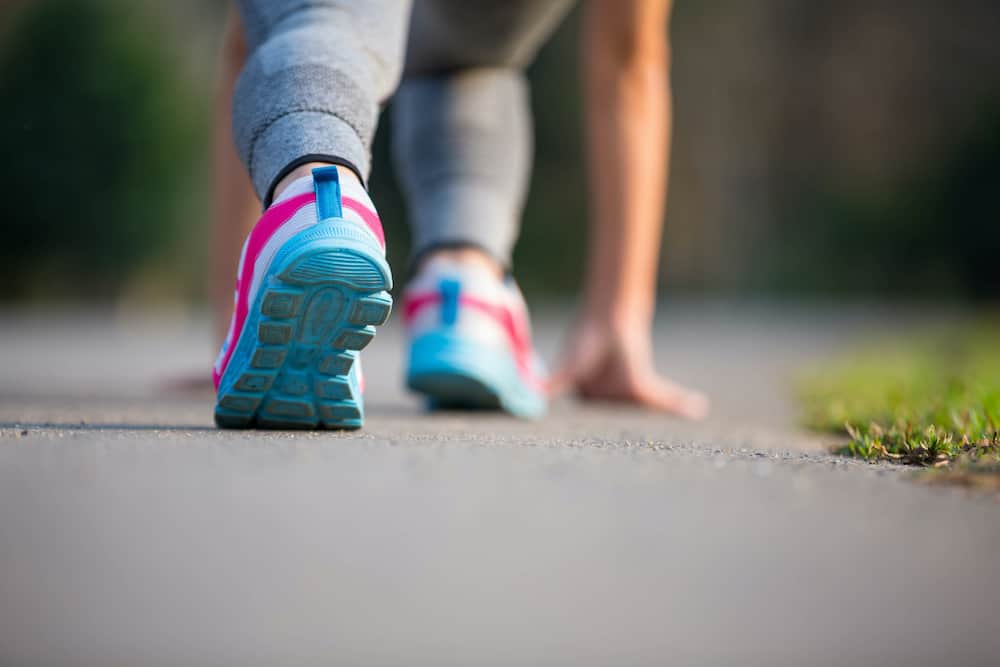
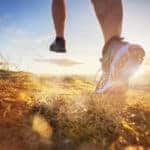
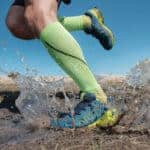
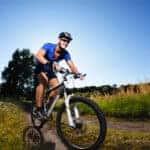
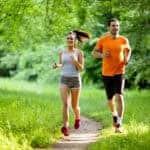
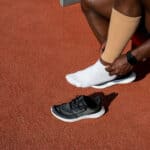

My wife and I work out and hike a lot, so this information is excellent! Blisters have been a recurring issue for us during our adventures, and I’m always on the lookout for ways to prevent them. Your tips on proper footwear and blister prevention are really helpful.
Do you have any additional advice for handling blisters that pop up despite taking precautions?
Thanks for sharing such valuable insights!
Opa
Thank you Opa.
If a blister appears despite precautions, keep it clean, protect it with a bandage or blister pad, and avoid popping it unless necessary. If drained, the best way is to leave the skin intact, in my opinion. Apply ointment to prevent infection, reduce pressure, and let it air out when possible to speed healing. If a blister appears despite precautions, keep it clean, protect it with a bandage or blister pad, and avoid popping it unless necessary. If drained, the best way is to leave the skin intact, in my opinion. Apply ointment to prevent infection, reduce pressure, and let it air out when possible to speed healing.
And built on my personal experience, be patience! It leaves in the end!